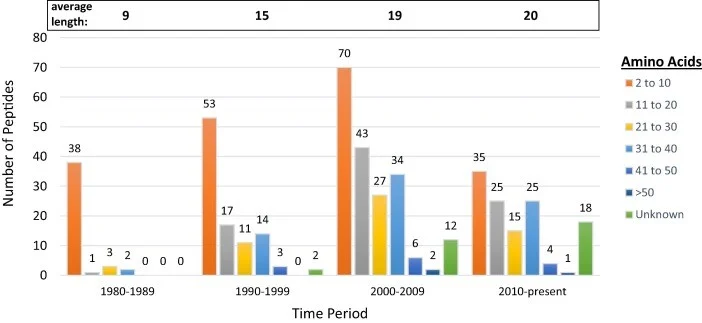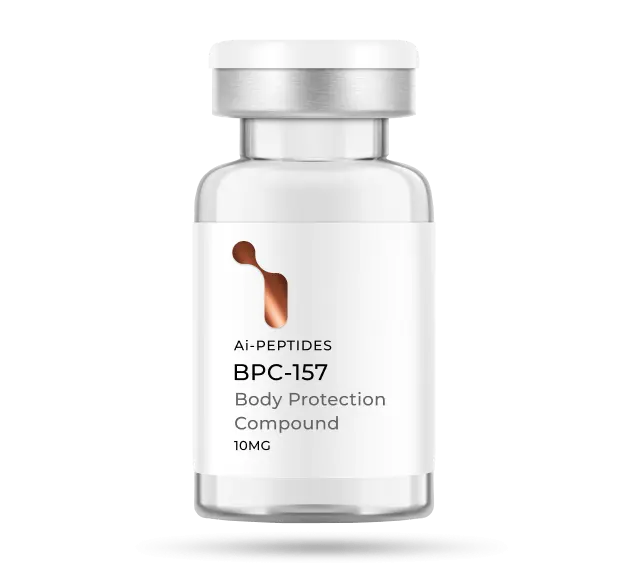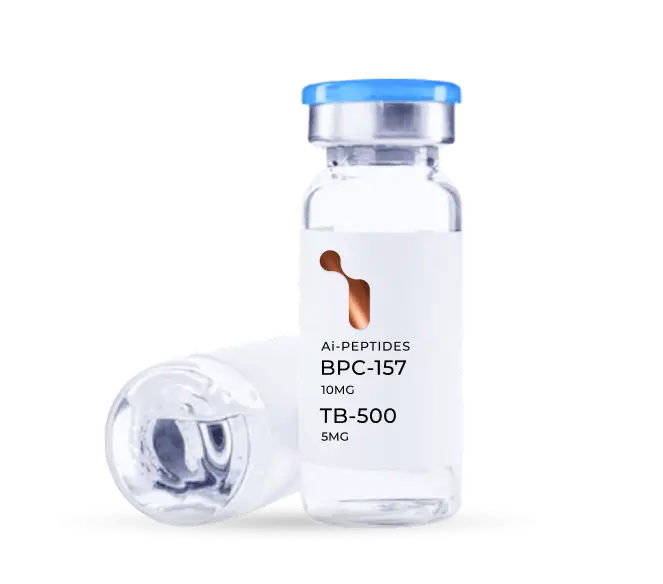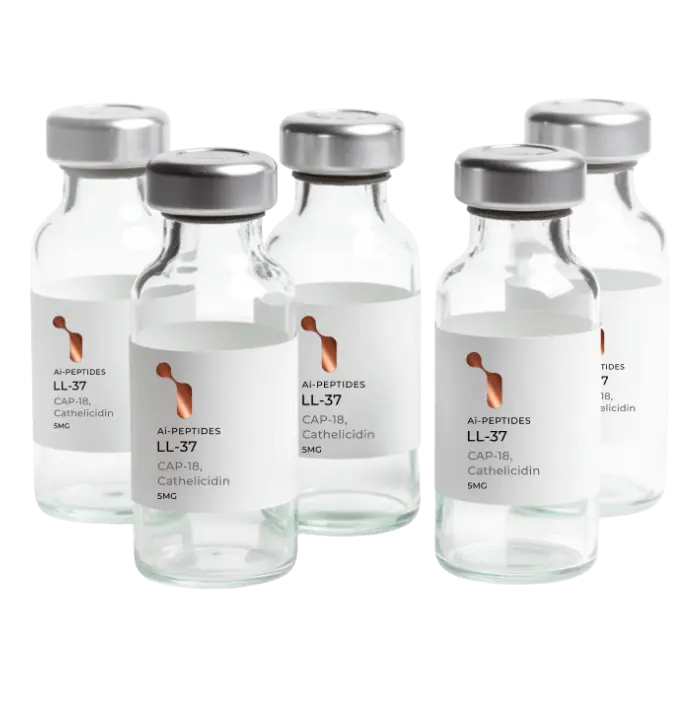Premium Peptides
Just like all supplements are not created equal, not all peptides are created equal either. The raw materials from which peptides are produced, the procedures by which they are manufactured, and the processes by which they are purified all affect quality. Much of the dedication to quality comes down to the ethos of the manufacturer. Afterall, some supplements have a good reputation because the people making them insist on using the best ingredients, the best equipment, and the best manufacturing practices. The same is true of peptides, so here is a look at some of the factors that should be considered when purchasing peptides to distinguish premium peptides from run-of-the-mill peptides and inferior peptides. The purer a peptide preparation is, the more certain the outcome of peptide research will be because pure peptides eliminate the possibility of confounding elements like contaminants or binders. Choosing a premium peptide could be the difference between successful research outcomes and complete disaster.
What Is a Premium Peptide?
Defining a premium peptide might seem like a difficult task, but it ultimately comes down to purity. A premium peptide is simply a peptide preparation that contains only the advertised peptide and nothing else. While this definition sounds simple enough, achieving high degrees of purity in the real world is anything but. Achieving 100% purity is an impossibility, but purities well above 99% can be attained with dedication.
For simple benchtop work in a chemistry lab, a moderate protein purity of 80% to 90% is often acceptable. For functional studies, such as X-ray crystallography, high purity levels of 95% to 99% become necessary. For therapeutic proteins used in treatments, animal studies, or clinical trials, the highest standard is always above 99%. The difference in time and resources invested to go from moderate to high to highest is not linear. At each step, the investment often increases by an order of magnitude or more.
Proteins that are not pure enough can lead to several problems including alterations in the 3-D structure of the protein that render it useless or, in very severe cases, dangerous. Obtaining premium peptides is thus critical to ensuring good science with repeatable results and is necessary for safety as well. To get to this point generally means using a multistep purification protocol that adds cost and complexity. Not only are some labs unwilling to undertake this degree of rigor, but some are also simply incapable due to lack of equipment or proper scientific expertise. Choosing a lab that is ISO 9001 certified is one step toward ensuring that it has the people and the equipment to produce a premium peptide product.
The best labs ensure that the best raw ingredients are utilized, but this is just an initial step in producing a premium product. Raw ingredients can be contaminated by residual solvents, byproducts, or side products from production. Sometimes these contaminants can be toxic and though it is impossible to make something 100% pure, impurities can be minimized through proper purification. How this purification is carried out depends on the nature of the peptide being produced, but it is possible to achieve 99% or greater purity with enough time and skill. Getting to this level requires not only taking the necessary steps to achieve purity but ensuring that each of those steps is carried out with the highest degree of fidelity. This means careful buffer preparation, proper adherence to cleanliness, and verification that the final product is as pure as it should be. Developing premium peptides is about diligence and adherence to the highest manufacturing standards from the very beginning to the process right up to the moment the peptide is bottled and shipped to the customer.





